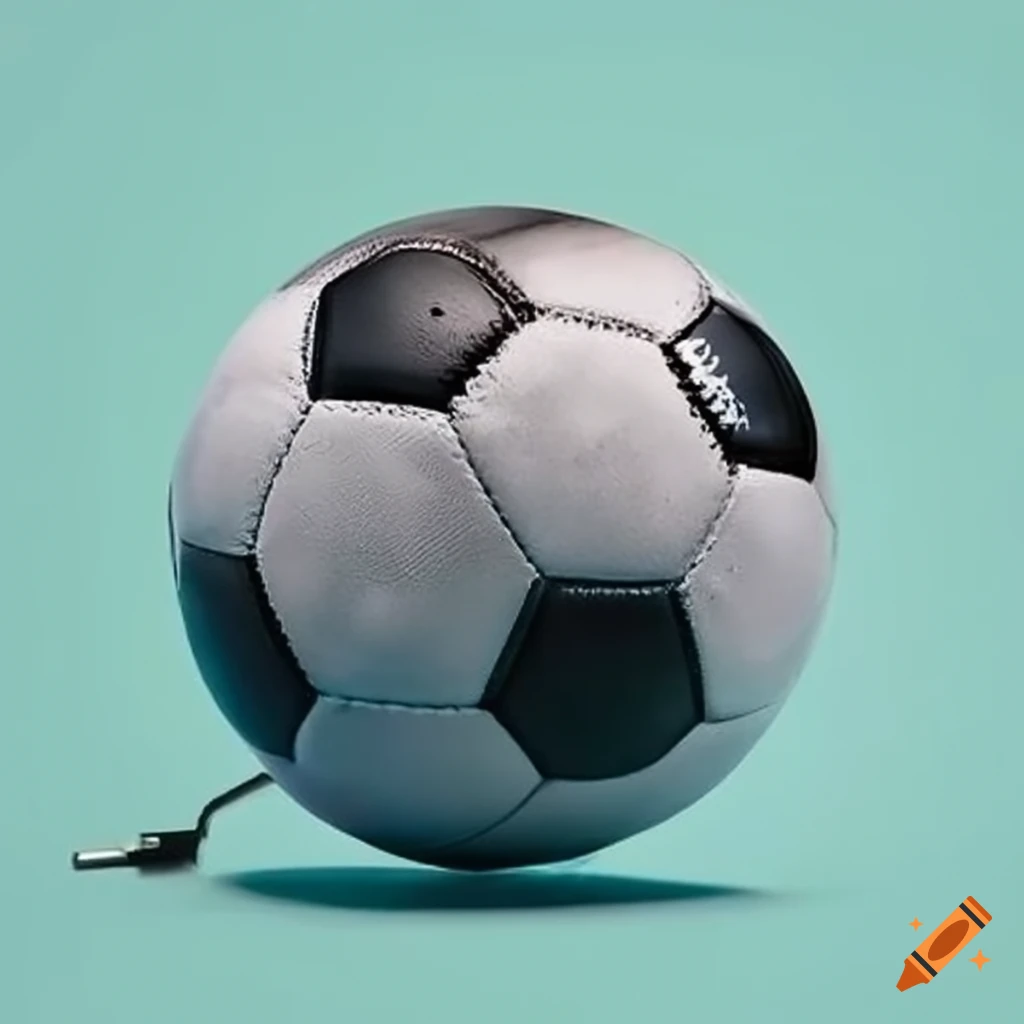To continue with our Summer theme, I thought I’d give another insight in to some more football tech. This week it is the technology behind VAR
The technology behind VAR has transformed the way football matches are officiated, bringing a new level of accuracy and fairness to the game. Introduced into the Laws of the Game in the 2018/19 season, VAR relies on a sophisticated network of high-definition cameras strategically positioned around the stadium. These cameras capture multiple angles of the action, providing comprehensive coverage of every moment on the pitch.
At the heart of the VAR system is the Video Operation Room (VOR), where a team of officials reviews the footage in real-time. The VOR is equipped with numerous monitors displaying feeds from up to 33 different cameras, including super slow-motion and ultra slow-motion cameras, as well as Ultra-HD cameras designed to detect offside positions. This setup ensures that the VAR team can scrutinise incidents from every conceivable angle, making it easier to identify errors or missed calls by the on-field referees.
There are two main configurations of VAR systems: the full VAR system and the VAR Light system. The full VAR system is used in major competitions and involves a comprehensive setup with multiple camera feeds and a dedicated replay operator. In contrast, the VAR Light system is a more cost-effective solution designed for smaller competitions, utilising fewer cameras and a simplified technical arrangement. Despite the differences, both systems aim to uphold the integrity of the game by providing accurate and timely reviews of critical incidents.
The implementation of VAR has not been without challenges. Infrastructure requirements, training of officials, and the overall cost are significant barriers for many competition organisers. However, FIFA’s Quality Programme for VAR Technology and the Implementation Assistance and Approval Programme (IAAP) have been instrumental in supporting the adoption of VAR worldwide. These initiatives ensure that the same standards are applied across different competitions, promoting consistency and fairness in the use of VAR technology. In conclusion, the technology behind VAR represents a significant advancement in football officiating. By leveraging high-definition cameras and real-time video analysis, VAR enhances the accuracy of refereeing decisions, ultimately contributing to a fairer and more transparent game. As the technology continues to evolve, it is likely that we will see even greater improvements in the way football is officiated, benefiting players, officials, and fans alike.
Picture by Craiyon:
Martin Mayes – by-line and other articles


